Top Reasons for Carving Your Own Wooden Kitchen Utensils
1. Personalized Design
Carving your own wooden kitchen utensils allows you to create pieces that perfectly match your style and needs. Whether it’s a spatula, spoon, or cutting board, you can design each utensil to suit your specific preferences in terms of shape, size, and functionality. Personalization ensures that your kitchen utensils not only fit your hands comfortably but also complement your home décor and cooking style. This tailored approach adds a unique touch that store-bought utensils cannot provide, making your kitchen more inviting and your cooking experience more enjoyable.
2. Creative Expression
Carving wooden utensils provides a wonderful outlet for creativity. The process allows you to experiment with different designs, from simple to intricate patterns, and explore various wood types. Whether you prefer minimalist designs or more elaborate details, this craft offers endless possibilities. You can carve intricate patterns into the handles or even incorporate personalized engravings, creating one-of-a-kind pieces that reflect your artistic vision. It’s a rewarding way to turn functional tools into works of art that express your individuality.
3. High Quality and Durability
Wooden utensils that you carve yourself can be made from high-quality, durable materials, ensuring that they last for years. When you choose the wood and design, you have control over the overall strength and quality of each piece. Hardwoods like maple, cherry, or walnut offer superior durability, meaning your hand-carved utensils will resist wear and tear better than cheaper alternatives. With proper care, these handcrafted tools can outlast many mass-produced kitchen utensils, making them a lasting investment in your kitchen.
4. Connection to Tradition
Wooden utensil carving is a craft with a long history, and by creating your own, you connect with centuries of woodworking traditions. This practice has been passed down through generations, with artisans shaping wooden tools for daily use. By carving your own utensils, you participate in this time-honored tradition, cultivating a deeper appreciation for handmade craftsmanship and the value of functional artistry. It’s a way to honor and carry forward a skill that has been part of human history for centuries.
5. Eco-Friendly and Sustainable
Carving your own wooden utensils is an environmentally friendly practice that promotes sustainability. By selecting wood from responsible sources, such as reclaimed or sustainably harvested timber, you reduce your carbon footprint. Unlike mass-produced plastic or metal kitchen tools, wooden utensils can biodegrade at the end of their life cycle, leaving no lasting waste behind. Moreover, handcrafting utensils reduces the need for industrial production, which can lead to less pollution and waste. Choosing natural materials ensures that your kitchen tools are both functional and eco-conscious.
6. Therapeutic and Fulfilling Process
Carving wooden utensils can be a highly satisfying and therapeutic activity. The process requires focus and patience, offering a mindful, meditative experience. Many woodworkers find that the act of carving helps to reduce stress and promotes relaxation, allowing them to disconnect from everyday worries and immerse themselves in a creative flow. As you carve, you engage both your hands and mind, creating a sense of accomplishment and fulfillment. The tactile experience of working with wood, the rhythm of the carving motions, and the satisfaction of creating something useful all contribute to making this a rewarding hobby or craft.
7. Customization for Specific Needs
When carving your own wooden kitchen utensils, you have the advantage of customizing each piece to suit your specific cooking needs. For instance, you can carve a spoon with a deeper bowl for soups, or create a spatula with a thinner edge for more precise flipping. This level of customization allows you to create tools that enhance your cooking experience, making meal preparation easier and more efficient. By tailoring each utensil to your individual preferences, you ensure that your tools are not only functional but perfectly suited to the way you cook.
8. Cost-Effective Option
While carving your own wooden kitchen utensils may require an initial investment in tools, it can be a cost-effective alternative to buying high-end kitchen tools. High-quality wooden utensils from artisans can be expensive, but by learning to carve your own, you can create several pieces for the price of one. Additionally, wood is often an affordable material, especially if you choose reclaimed or leftover wood from other projects. Over time, this investment in tools can pay off, allowing you to create a whole set of custom utensils for your kitchen without spending a fortune.
9. Unique and Thoughtful Gifts
Hand-carved wooden kitchen utensils make for exceptional gifts. Whether for a housewarming, wedding, or holiday, a custom-made wooden spoon or spatula is a thoughtful and personal present. The time and effort put into carving these pieces give them sentimental value that store-bought utensils lack. A hand-carved utensil also conveys care and consideration, making it a meaningful and memorable gift for friends, family, or loved ones. You can even personalize the pieces with special engravings or designs, making them extra unique.
10. Satisfaction of Craftsmanship
There’s a great sense of pride in creating something with your own hands. Carving your own wooden utensils offers the satisfaction of craftsmanship—the knowledge that you’ve designed and created a functional tool that will be used every day. This sense of accomplishment can be deeply rewarding, as you see the fruits of your labor come to life. Each utensil you carve becomes a testament to your skill and creativity, and over time, as your skills improve, the quality of your work will only grow, making your hand-carved utensils even more valuable to you and your family.
popular Carve Your Own Wooden Kitchen Utensils
1. Wooden Spoons
Wooden spoons are a staple in most kitchens. Carving your own allows you to personalize their shape, size, and texture. You can create spoons with unique curves or intricate details on the handle. Choose hardwoods like maple or cherry for durability and ease of carving. A hand-carved spoon makes for a versatile tool, whether it’s used for stirring sauces or serving food, and the smooth finish gives it a timeless aesthetic. Customizing the length of the handle can provide extra comfort during use, making these spoons perfectly suited to your cooking style.
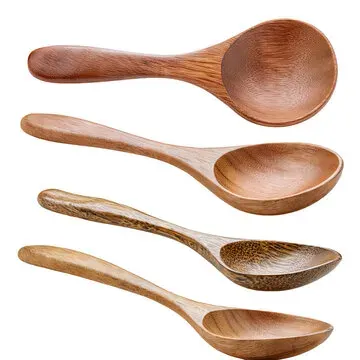
2. Wooden Spatula
Carving wooden spatulas offers the opportunity to create a tool with the ideal shape for flipping, turning, or scraping food. A spatula’s flat, wide surface is perfect for cooking delicate items like pancakes or eggs. By customizing the width, thickness, and length of the handle, you can craft a spatula that fits your hand perfectly and performs well in the kitchen. The addition of a gently rounded edge makes it an essential tool for cooking, and its natural wood aesthetic brings warmth and elegance to your kitchen.
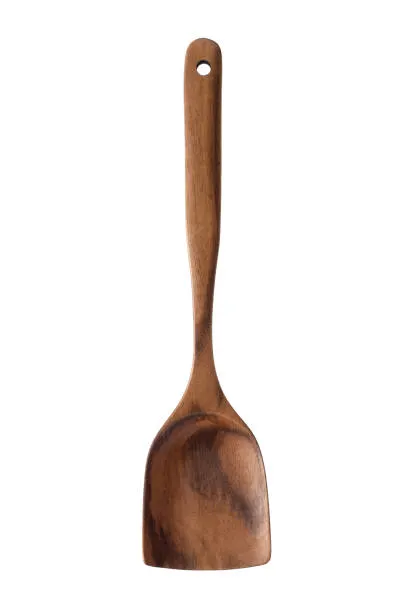
3. Wooden Cutting Boards
Cutting boards are another essential item in any kitchen, and hand-carving your own allows for a truly unique piece. Choose a dense wood like walnut or oak for a durable, long-lasting cutting surface. Personalize the size and shape, whether it’s a classic rectangular board or a circular one for a more contemporary look. You can also add beautiful decorative carvings around the edges or in the center of the board. A custom cutting board not only serves its function well but also adds a beautiful, natural touch to your kitchen space.
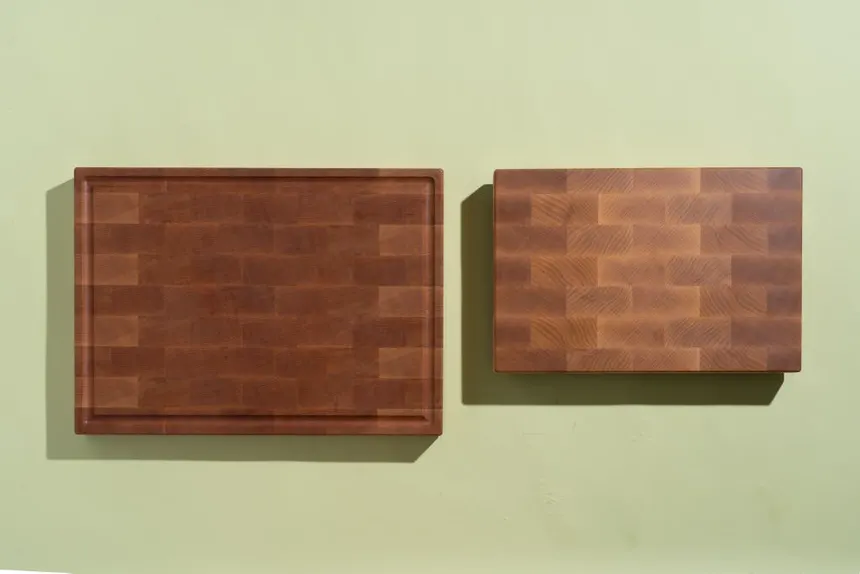
4. Wooden Rolling Pin
A rolling pin is another classic kitchen tool that can be carved to meet your exact needs. Whether you prefer a traditional straight rolling pin or a tapered one, carving it yourself gives you the freedom to create a piece that fits your grip and baking style perfectly. The weight and smoothness of a wooden rolling pin allow for better control when rolling out dough, and carving intricate designs on the handles or body adds to its charm. A hand-carved rolling pin is both functional and beautiful, making it a great addition to any baker’s toolkit.
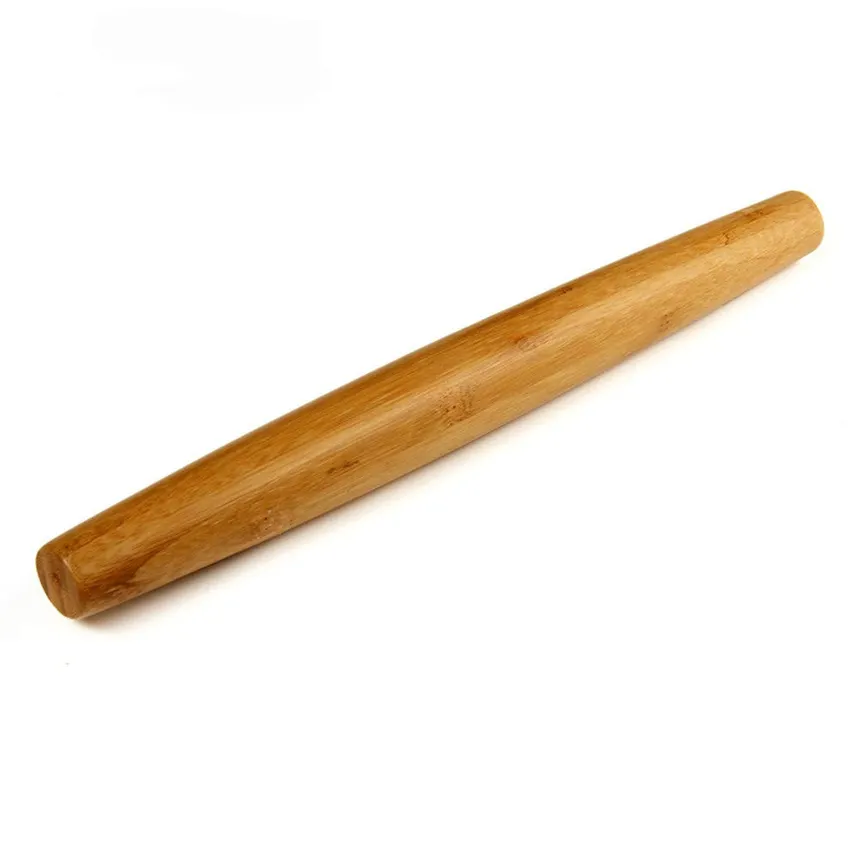
5. Wooden Ladles
A wooden ladle is ideal for scooping soups, stews, or sauces. By carving your own ladle, you can ensure that the bowl is the perfect size for your needs, whether you prefer a smaller ladle for portion control or a larger one for serving big pots of soup. The long handle makes it easier to reach into deep pots, and the smooth finish ensures comfort while stirring or serving. With a little creativity, you can carve intricate details into the handle, turning this practical tool into a work of art.
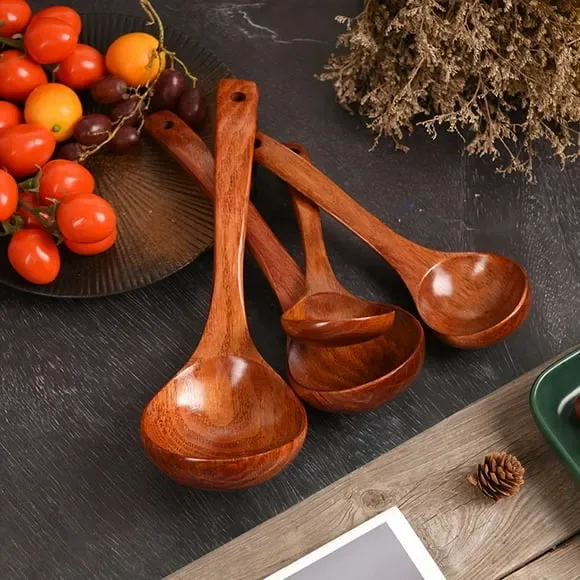
Quick Tips for Embracing Carve Your Own Wooden Kitchen Utensils
1. Start Simple
When carving your own wooden kitchen utensils, it’s essential to begin with simple projects. Start by carving basic items like spoons, spatulas, or butter spreaders. These shapes are easier to work with and allow you to practice the essential carving techniques without feeling overwhelmed. Simple projects also give you the opportunity to experiment with different carving tools and develop your skills. Once you’re comfortable with the basics, you can move on to more intricate designs. Beginners should also select a softer wood, such as basswood or pine, as these woods are easier to carve and require less effort. This approach will help build your confidence and improve your carving precision while ensuring your first attempts result in successful pieces. Once you get the hang of basic utensils, you can try more complex projects like bowls or decorative items, increasing your carving proficiency step by step.
2. Select the Right Wood
Choosing the right wood for carving your own kitchen utensils is crucial to both the ease of carving and the durability of the finished product. Hardwoods like maple, cherry, and walnut are ideal for kitchen utensils as they are strong, dense, and provide a smooth finish. They are also less likely to splinter compared to softer woods, ensuring that your utensils remain intact after extended use. Softwoods like pine or cedar, though easier to carve, may not be as durable for daily use in the kitchen. Additionally, when selecting wood, ensure it is untreated and free from chemicals that could affect food safety. Choose wood with minimal knots and defects to avoid uneven textures and weaknesses in your utensils. Taking the time to carefully choose the right wood will contribute to both the functionality and the aesthetic appeal of your homemade kitchen tools.
3. Invest in Quality Tools
Having the right tools is essential when carving your own wooden kitchen utensils. High-quality carving knives, chisels, and gouges will make your work easier, more precise, and safer. When starting, invest in a basic set that includes a few essential knives and tools designed specifically for wood carving. A well-made carving tool should have a comfortable grip, a sharp blade, and a durable construction to withstand the demands of carving. Keeping tools properly maintained is just as important as choosing the right ones. Regularly sharpen your tools to ensure clean cuts and reduce the risk of accidents. Dull tools can lead to jagged edges and frustration, making the carving process more difficult. As you progress in your carving skills, you can expand your toolset to include specialized tools for intricate detailing. Quality tools will enhance the precision of your work, resulting in cleaner, more professional-looking kitchen utensils.
4. Focus on Comfort
When carving wooden kitchen utensils, ergonomics and comfort are key factors in creating functional and enjoyable tools. Focus on designing utensils with handles that fit comfortably in your hand, especially for tasks like stirring, serving, or spreading butter. A well-shaped handle will provide a better grip, reducing strain during use. Consider the overall balance of the utensil, ensuring that it’s not too heavy on one end. If carving for yourself or others, think about the user’s specific needs and how they will hold and manipulate the utensil during its intended purpose. Additionally, keep in mind that comfort goes beyond just the carving phase; during finishing, smoothing out edges and ensuring there are no sharp corners will contribute to a comfortable user experience. A utensil that feels comfortable in the hand and is easy to use enhances its practicality and makes it more likely to become a cherished kitchen tool.
5. Finish with Care
Finishing your wooden kitchen utensils is as important as the carving itself. Proper finishing not only protects the wood but also enhances its natural beauty. After you have completed the carving, the next step is to sand your piece carefully, removing any rough edges or tool marks. Start with a coarse grit and gradually work up to a finer grit for a smooth surface. Once the sanding is done, apply a food-safe finish like mineral oil, beeswax, or a beeswax-oil blend. These finishes nourish the wood, protect it from moisture, and help prevent cracking. The finish also highlights the wood’s natural grain, giving the utensil an attractive, polished look. Applying a finish also ensures that the utensil is safe to use with food and helps extend its life. Proper care and finishing will ensure your carved wooden utensils remain functional and beautiful for years to come.
6. Personalize Your Design
One of the most rewarding aspects of carving your own wooden kitchen utensils is the opportunity to personalize them. Customization allows you to create pieces that reflect your personal style and taste. You can carve intricate designs, patterns, or even initials into the handles or bodies of your utensils, making them unique. Whether you prefer rustic or modern aesthetics, personalization gives your utensils character and emotional value. For example, a carved monogram or decorative motif can make a spoon, spatula, or butter spreader a special gift or family heirloom. You can also experiment with adding different textures or shapes, like geometric patterns or floral designs. Personalization transforms a simple, everyday kitchen tool into a meaningful item that carries sentimental value. Moreover, customized utensils can become a talking point in your kitchen, adding an artistic touch to your cooking space while highlighting your creativity.
7. Practice Patience
Carving wooden kitchen utensils is an art that requires patience and practice. Don’t rush the process, especially if you are new to carving. The key to creating high-quality, well-crafted pieces lies in taking your time to hone your skills. Start with simpler projects and gradually increase the complexity as you gain more experience. Understand that mistakes are part of the learning process, and don’t be discouraged if your first attempts aren’t perfect. Patience also plays a crucial role in the finishing process. Sanding, smoothing, and applying the finish should be done meticulously to achieve the best results. It’s important to allow the wood to dry properly between steps, ensuring the longevity and stability of the finished piece. As you continue practicing, you’ll improve your technique and develop a greater sense of precision, leading to better craftsmanship and more satisfying results in your future carving projects.